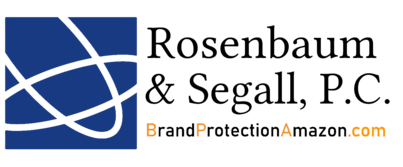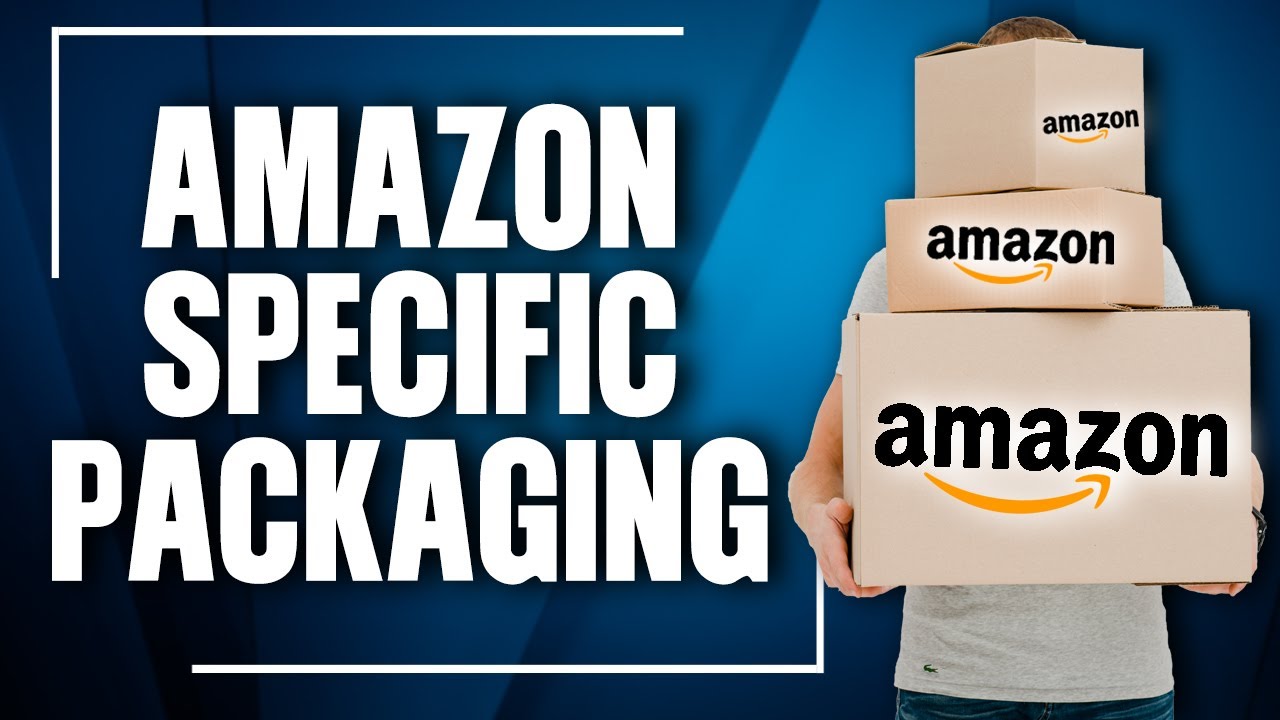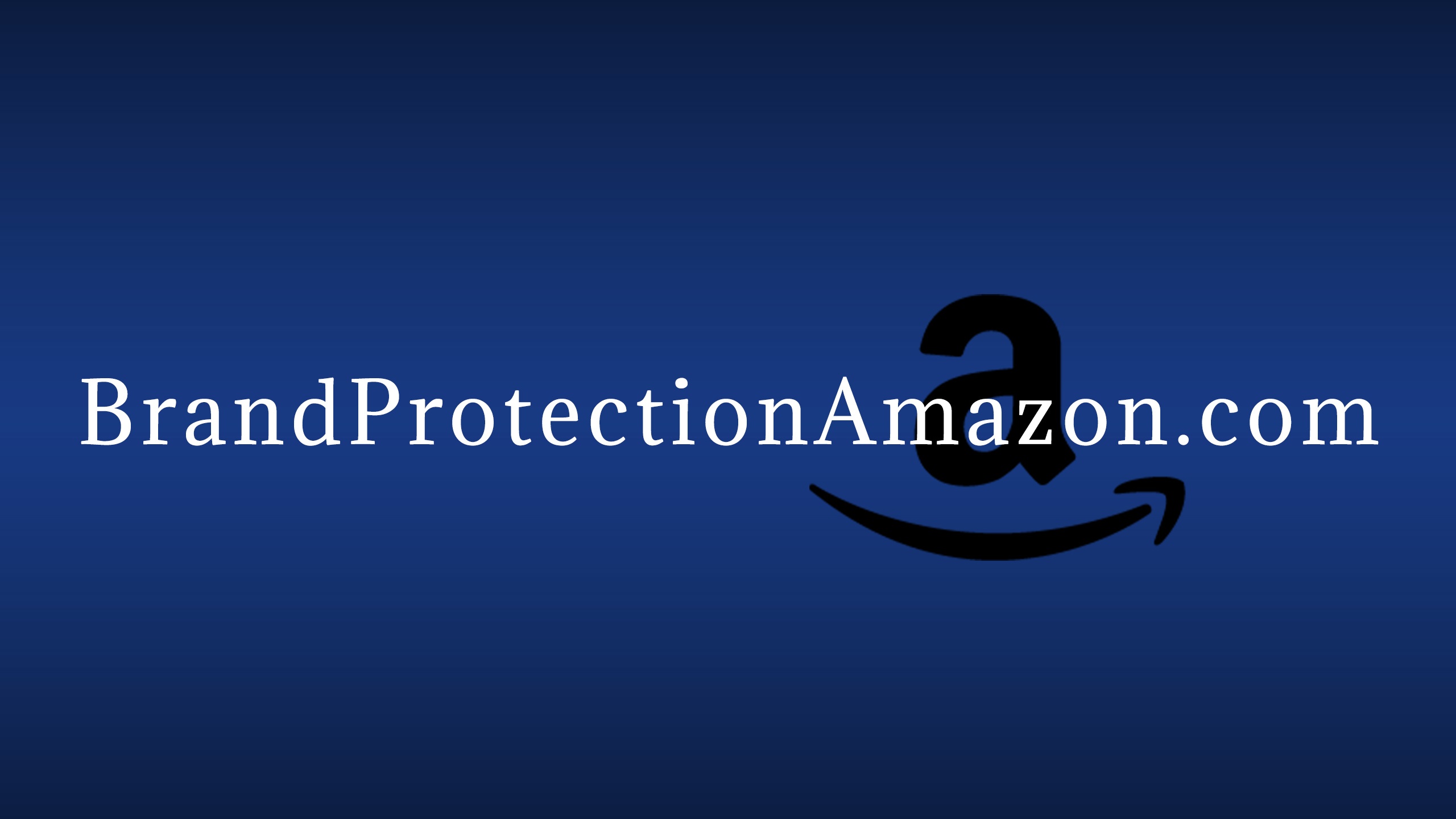CJ and RJ talking about trademark applications under the 1B classification.
Trademark Applications: 1B Classification
When you file a trademark application under 1B, it’s an intention to use, but you haven’t started using it yet. So what ends up happening, is it makes the procedural aspects of the trademark application a little bit different. When you file 1A, you’re including all the classes, you’re supplying what’s called specimens, which is your proof of use of the mark in commerce.
When it’s a 1A filing, you’re doing it right when you file the application, versus 1B, when you’re going to do it down the road. So eventually, after receiving a notice of allowance, which is when the USPTO decides that the mark is okay, it’s approved.
So the basics are 1A is when you’ve already begun using your mark in commerce. You are already selling products with your name and logo. 1B is when you’re planning to use the logo in the future and you just want to nail it down so you have it.
What is the difference for the private label seller who’s not yet using a mark? For the private label seller that hasn’t used a mark yet, you have to have a bonafide intention to eventually use the mark. That means you’re really going to use it and you can demonstrate it in some regard.
You’ll receive a notice of allowance for your application. After you received the notice of allowance, you have a six month period in which you have to supply the USPTO with specimens.
A notice of allowance is a legal term for the name of the document that the USPTO that will say, okay, you have our preliminary approval, start using it in commerce, start putting it on your packaging, start putting it on your website, etc. In a relatively short period of time, you’re going to have to substantiate that you plan to use it and that you actually did start using it.
So how do they substantiate to the USPTO after filing a 1B that they plan on using it? How do they show that they actually started using that mark? There’s multiple ways in which you can go about supplying that proof.
The ones that we suggest the most to private label sellers are actually incorporating the mark on the physical product and packaging. Another popular way that private label sellers often go about it is including it on their product packaging.
Trademark Applications: 1B Classification Proof
1. products
2. packaging
3. website
You submit that proof to the USPTO and then your 1B application should be approved.
If you have any questions at all, feel free to call any member of our team for a free consultation 1-877-9-SELLER.
Our law firm is geared towards intellectual property and brand protection for the ecommerce marketplace.
GET HELP NOW: We are required by law to assure you 100% confidentiality. We protect your privacy under the Attorney-Client Privilege.
Rosenbaum Famularo, PC, the law firm behind Amazon Sellers Lawyer.








